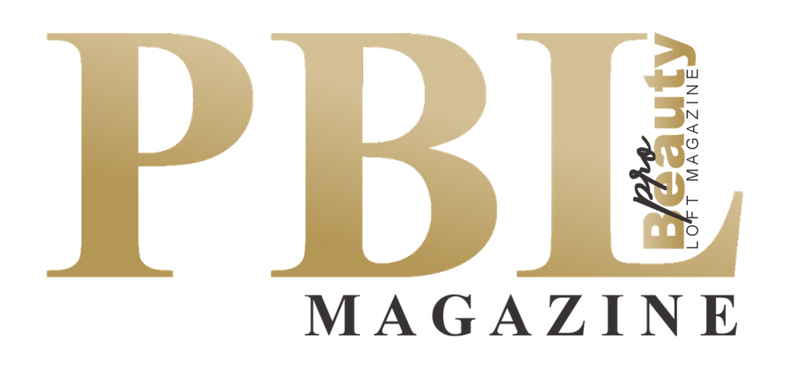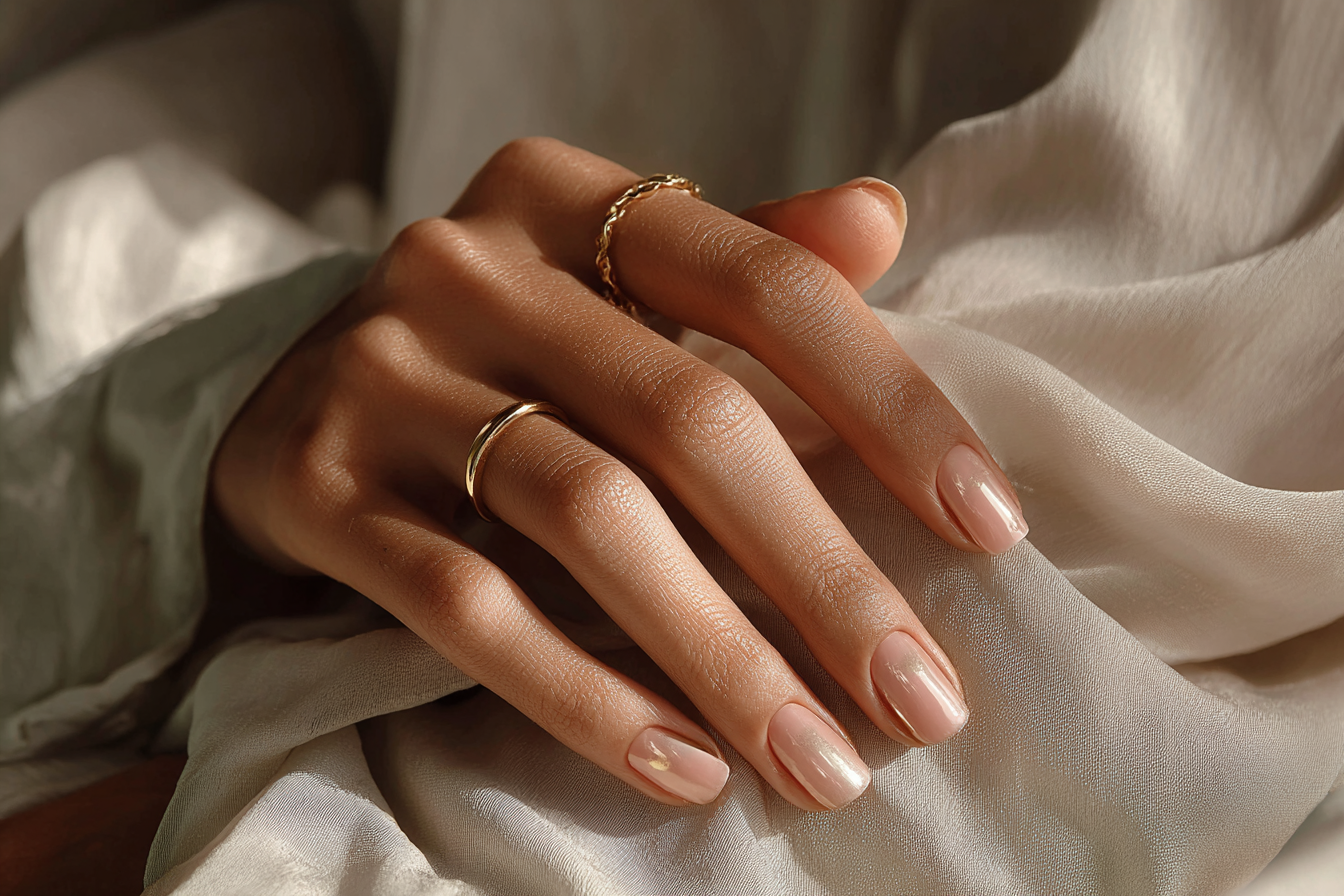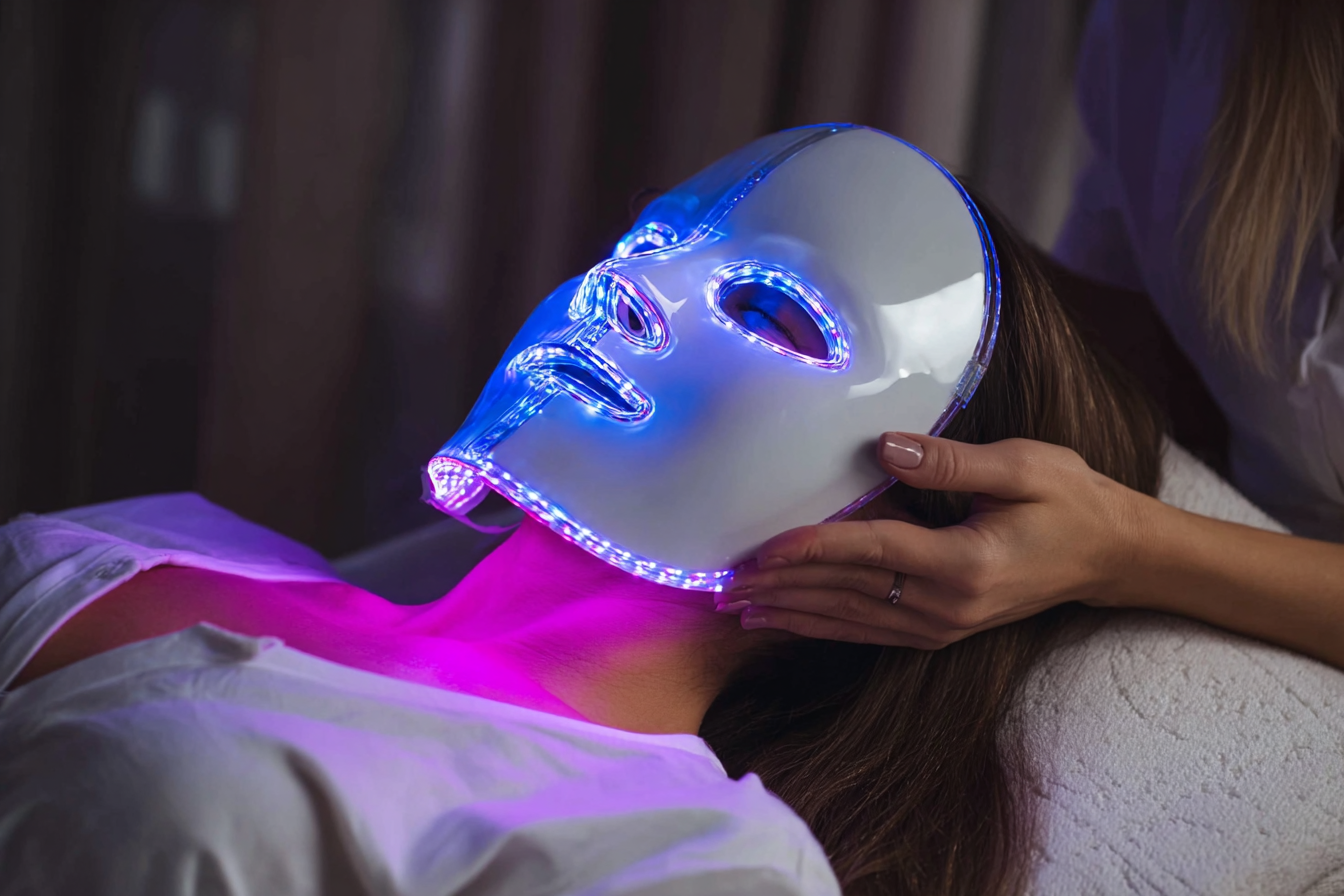The Myth of Nail “Breathing”
Many salon professionals have heard clients insist that their natural nails need to “breathe” between manicures. It’s a common refrain: “I’ll skip polish this week to let my nails breathe.” As well-intentioned as this advice sounds, it’s actually a myth. Nails don’t breathe – at least, not in the way people think. Let’s dive into the science of nail physiology, debunk the “nail breathing” misconception, and explain why products like gel polish and nail polish do not inherently damage the nail when used correctly. We’ll also explore how improper techniques, not the products themselves, are usually to blame for nail damage.
Understanding Nail Physiology
To understand why nails don’t need to “breathe,” we first need to understand what nails are. The hard part of the nail, the nail plate, is made mostly of a tough protein called keratin. In fact, fingernails and toenails are composed of the same type of keratin found in hair, claws, and hooves. Importantly, the nail plate is not living tissue; it’s a hardened sheet of dead keratinocytes with no nerves or blood supply. The natural nail plate is not living; it does not breathe. This is why cutting your nails doesn’t cause pain or bleeding, similar to getting a haircut.
Since the nail plate itself isn’t alive, it doesn’t require oxygen from the air. Any living parts of the nail, such as the nail matrix (where new nail cells are generated) and the nail bed (the skin beneath the plate), get their oxygen and nutrients from the bloodstream, not from the outside environment. Nails derive oxygen and nutrients from the blood supply and not the air. In other words, nails don’t “breathe” through exposure to air; they are fed from within.
It’s worth noting that nails are slightly porous. They can absorb a bit of water or oils from products, but this isn’t “breathing” in a metabolic sense. Even so-called “breathable” polishes are more of a marketing gimmick than a biological necessity. The bottom line is that covering your nails with polish or enhancements isn’t suffocating them. If nails truly needed direct access to air, wearing nail polish or extensions for weeks on end would be impossible, yet we know nails continue to grow just fine under a coating. In fact, you’ll see the new growth at the base of a gel manicure after a couple of weeks, a sure sign that nails are alive at the root and getting what they need from your body, not from the external air.
Debunking the “Let Your Nails Breathe” Misconception
If nails don’t actually absorb oxygen from the air, why do so many clients (and even some techs) swear by taking “polish breaks”? This myth persists because there are times when letting nails go bare for a bit can be beneficial, but not for the reason of “breathing.” The reality is that any improvement in nail appearance after a break comes from rest and rehydration, not from exposure to air.
Continuous wear of nail polish or enhancements can lead to certain cosmetic issues: for example, yellowing of the nails (especially from dark polishes) or surface dryness. Clients often interpret these changes as the nail “suffocating,” but the true causes are more straightforward. Dark-colored polishes can cause temporary staining or discoloration of the keratin (a purely surface effect), and solvents in polish or polish remover can dry out the nail plate over time. None of this has to do with oxygen deprivation; it’s about chemical exposure and moisture levels.
Dermatologists do recommend periodic breaks from occlusive products, but for maintenance and hydration reasons. During these breaks, nails have a chance to rehydrate and recover from any drying effects of solvents or aggressive treatments. In short, the nails aren’t “breathing” during a polish holiday; they’re recuperating from wear and tear.
Another reason the myth prevails is that people see damaged nails and assume the nail was “starved” under polish. For instance, if a gel manicure is peeled off and the nails look thin or flaky, a client might blame the polish for blocking air. In reality, the damage comes from the removal technique, not a lack of air. Nails do not need oxygen from the outside world to stay healthy. What they need is gentle care and proper moisture balance.
So next time a client insists their nails need to “breathe,” you can confidently tell them the truth. Explain that nails are like hair: dead keratin that doesn’t breathe, supported by a living root that gets everything it requires from the bloodstream. Keeping nails occasionally bare can be helpful to replenish moisture, but air has nothing to do with it. This educates clients that the key to healthy nails lies in care techniques, not airflow.
Do Gel and Polish Actually Harm Nails?
The products themselves, such as traditional polish, gel polish, or acrylic overlays, do not inherently damage the natural nail. Most problems arise from improper application, over-filing, and especially from incorrect removal. When polish is peeled or enhancements are ripped off, the upper layers of the nail plate come with it, causing thinning, flaking, and sensitivity. Similarly, excessive buffing during prep can unnecessarily weaken the nail plate.
Well-formulated products and proper salon techniques help avoid these issues. Encourage gentle buffing, safe soaking for removal, and moisturising between services. Tools should be sanitised, grits appropriate, and clients educated never to pick at their enhancements.
Where Does Nail Damage Really Come From?
Over-filing and Rough Prep: Excessive filing of the natural nail plate (especially with coarse grit files or electric drills) can thin out the nail dramatically.
Aggressive Removal Techniques: Picking or peeling off polish removes superficial nail cells, leading to rough, papery nails and keratin granulations.
Prolonged Soaking in Harsh Chemicals: Acetone overexposure can dry out nails, causing brittleness and flaking.
Continuous Wear Without Maintenance: Lifting, old polish, or trapped moisture can lead to infection or damage.
Other Physical Trauma: Using nails as tools or impact damage can cause peeling and breakage.
Nail damage is usually a result of what we do to the nail, not what we coat it with. Properly applied nail polish, gel polish, or enhancements do not break down the keratin structure of the nail. It’s the improper application or removal — like heavy filing and prying — that leads to thinning, peeling, and brittleness.
It’s time to lay the “nails need to breathe” myth to rest. The nail plate is non-living and gets its nutrients from within the body, not from the air. Nail products, when applied and removed properly, are safe. The real key is in the technique and care. Salon professionals play a vital role in educating clients. By replacing myths with science and using thoughtful techniques, we can help clients maintain beautiful, healthy nails - no breathing required.










